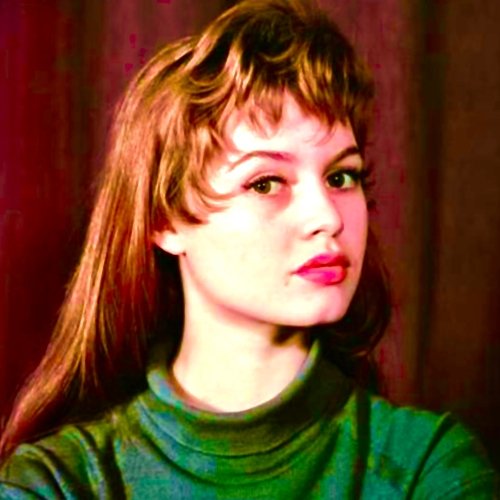Nina Guo, Lukas Papenfusscline, Tyler Boque and Cailin Marcel Manson, Laura Williamson - John Aylward: Oblivion (2023) [Hi-Res]
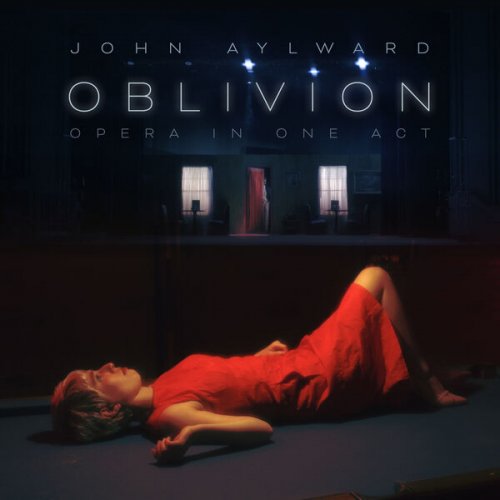
Artist: Nina Guo, Lukas Papenfusscline, Tyler Boque and Cailin Marcel Manson, Laura Williamson, Issei Herr, Greg Chudzik, Daniel Lippel, John Aylward, Tianyi Wang, Stratis Minakakis
Title: John Aylward: Oblivion
Year Of Release: 2023
Label: New Focus Recordings
Genre: Classical
Quality: flac lossless (tracks) / flac 24bits - 96.0kHz
Total Time: 01:04:35
Total Size: 272 mb / 1.16 gb
WebSite: Album Preview
TracklistTitle: John Aylward: Oblivion
Year Of Release: 2023
Label: New Focus Recordings
Genre: Classical
Quality: flac lossless (tracks) / flac 24bits - 96.0kHz
Total Time: 01:04:35
Total Size: 272 mb / 1.16 gb
WebSite: Album Preview
01. Oblivion: Prologue
02. Oblivion: Scene 1
03. Oblivion: Scene 2
04. Oblivion: Scene 3
05. Oblivion: Scene 4
06. Oblivion: Scene 5 & Interlude
07. Oblivion: Scene 6
John Aylward’s chamber opera Oblivion grapples with issues of remembering, destiny, and self-knowledge. His score for four voices, viola, cello, double bass, electric guitar and electronics is beguiling and mysterious, accompanying the opera’s protagonists through a labyrinthine journey loosely based on Dante’s Purgatory but taking cues from Joseph Campbell and a range of other historic and modern philosophers and theologians. Ultimately, Aylward has created a piece that teems with existential wonder and pathos.
Musically, Aylward’s language is grounded in a harmonic palette indebted to Olivier Messiaen and Henri Dutilleux, with an instrumentation that skews towards the low register so as to entertain possibilities of unique spectral timbres. There is a strong presence of certain versatile intervallic constructions in the chordal language, particularly all-interval tetrachords that often hint at octatonic collections that Aylward often filters into whole-tone fragments. Aylward uses large scale polyrhythm and rhythmic displacements, indicative of Christophe Bertrand’s orchestrations, to expand sections, creating a kind of spectral undulation of a single harmony, as heard in the opening of Scene 1. Aylward uses electronics primarily atmospherically, fashioning ambient spaces within which action of the voices and ensemble unfolds.
The Prologue opens with exactly such material: a foreboding windscape out of which the ensemble comes to life with anxious starts. Ponticello gestures and harmonics in the strings along with a chorus-effected electric guitar set the haunting scene beautifully. The first scene finds the first of the two protagonists, the First Wanderer (baritone Tyler Boque), coming upon the lair of an enigmatic Hunter after wandering in the wilderness. The Wanderer’s disorientation is captured in the halting vocal part and the juxtaposed material in the ensemble. A bound man lurks in the corner, characterized by the Hunter as dangerous. Scene 2 introduces the Second Wanderer (soprano Nina Guo) who is also disoriented and unsure of how she arrived at the Hunter’s lair. Aylward captures the characters’ befuddlement by virtuosically intertwining spoken and sung texts with angular figures in the instruments.
Scene 3 finds the two Wanderers processing all they’ve taken in from such an otherworldly landscape. Their dialogue unfolds over woozy glissandi and delicate trills. Throughout the piece, Aylward sets these philosophical ruminations off by stripping down the instrumentation. We hear a recitative-like duo between soprano and electric guitar in the middle of this scene, or, later, a duet between viola and baritone. Through Scene 4, Aylward continues to deftly use the ensemble to press the momentum forward as the Bound Man transforms into a King and promises the Wanderers salvation if they follow him and vanquish the Hunter. The King’s arias here are dramatically underscored with virtuosic contrabass writing that is rarely heard in operatic settings.
The action in the plot pauses in Scene 5 as the Wanderers come to terms with their plight, and observe how the journey has transformed their understanding of themselves and each other. Aylward paints their evolving comprehension with pensive harmonies and timbres that evoke an intimate and personal melancholy. The final scene unleashes much of the previous scenes’ pent-up energy with emphatic tutti accents as the Wanderers and the King confront the Hunter. Aylward’s setting of the rhetorical sparring, as the characters accuse each other of deception, has a classic operatic feel to the vocal counterpoint. These climactic four-way interactions are set with dense orchestrations of swooping glissandi, chordal swells, and technically masterful ensemble singing.
As the piece ends and the fog lifts, we are left to wonder if the King has in fact duped the First Wanderer. The closing material in the ensemble has an ethereal and disembodied ambience, as if the musical figures themselves are circles in Purgatory. Aylward’s hollow Lynchian windscape from the opening returns, a dark echo of a world perhaps bereft. How can we learn the truth of our lives? How do we distinguish reality from illusion, or worse, deception, especially in an era of untruth? What, if any, meaning can we take away from our time on the earth if our understanding is clouded by circumstance and obfuscation? Aylward’s opera elegantly raises these questions and ruminates on the enigma, as they are, for the honest among us, unanswerable.
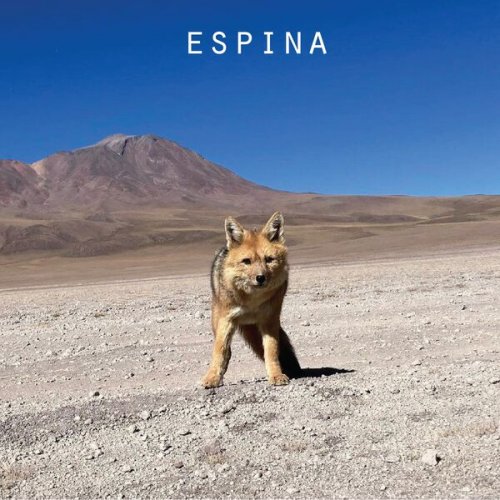
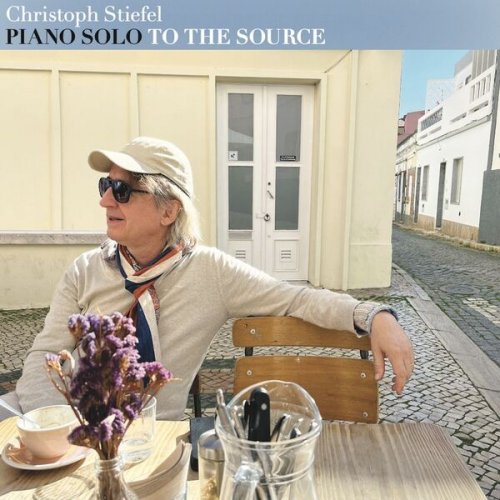
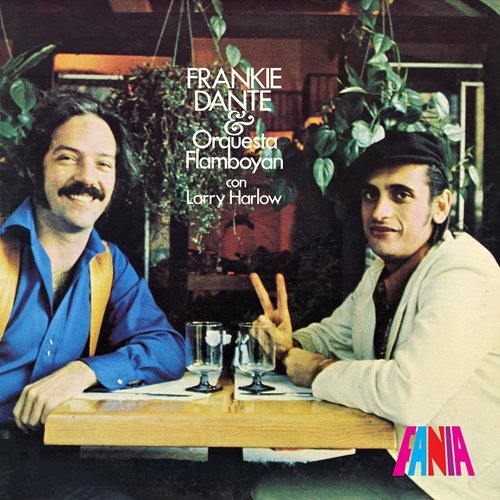

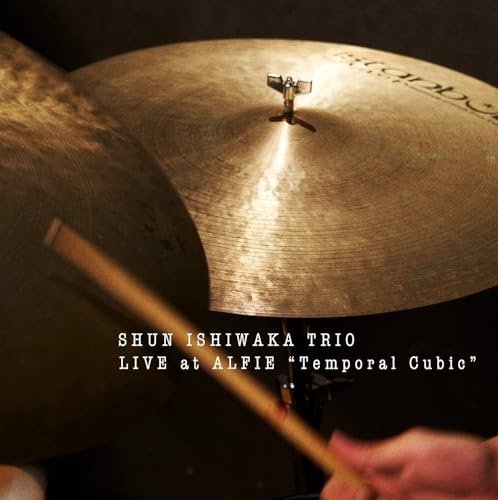
![Noé Sécula - A Sphere Between Other Obsessions (2025) [Hi-Res] Noé Sécula - A Sphere Between Other Obsessions (2025) [Hi-Res]](https://www.dibpic.com/uploads/posts/2025-12/1766108017_sej880ryk23va_600.jpg)
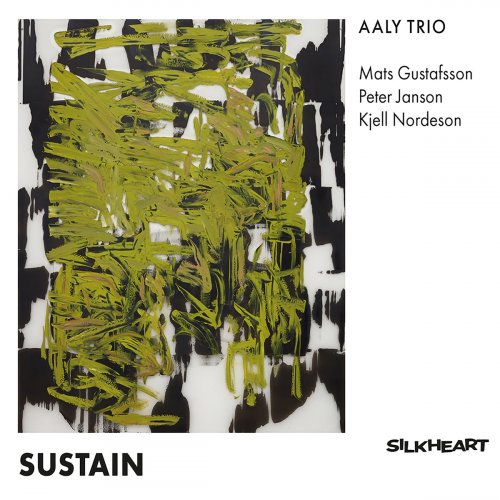
![Paul Mauriat - Mamy Blue (1971) [Hi-Res] Paul Mauriat - Mamy Blue (1971) [Hi-Res]](https://www.dibpic.com/uploads/posts/2025-12/1766140814_nqjtxk40yc4oi_600.jpg)
